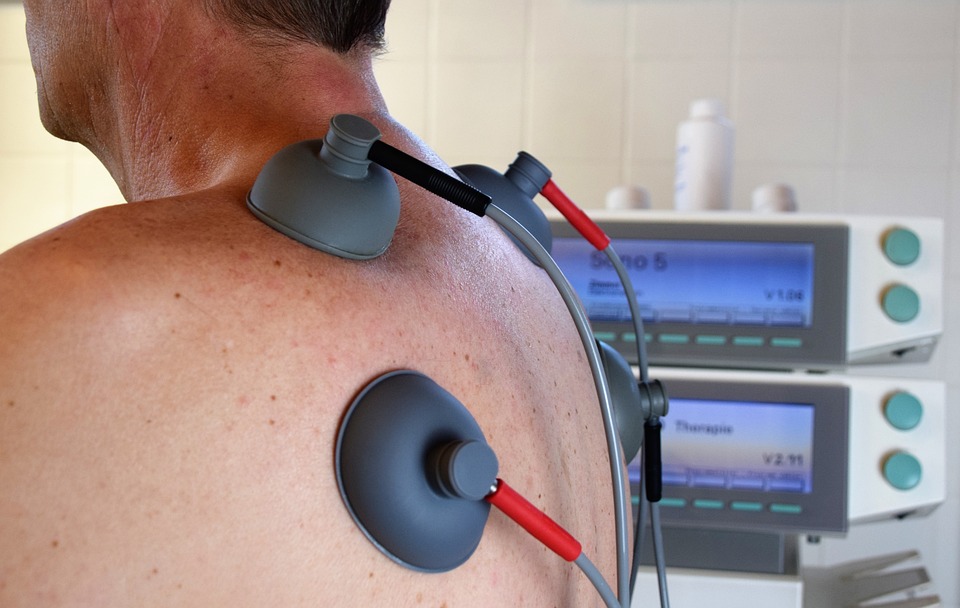The German healthcare insurance system has been lauded as one of the best in the world, providing universal coverage to all its citizens.
With its emphasis on preventive care and cost-effective treatment, the German system offers a number of lessons that the United States can learn from.
Universal Coverage
The German healthcare insurance system provides universal coverage to all citizens, ensuring that everyone has access to basic healthcare services. This is achieved through a combination of public and private insurance options, with all Germans required to have health insurance coverage. By contrast, the United States has a patchwork of insurance options, with millions of people still uninsured.

Health insurance is mandatory for all residents, and it can be obtained through either the statutory health insurance (SHI) system or the private health insurance (PHI) system. The majority of people in Germany are covered by the SHI system, which is a government-regulated system that provides health insurance to employees and their dependents who earn below a certain income threshold. The cost of the SHI is shared between the employee and their employer, with the employee paying around 7.3% of their gross income and the employer contributing the rest. The benefits provided by the SHI are standardized by law and cover a broad range of medical services, including doctor’s visits, hospital stays, prescription medications, and more.
On the other hand, people who earn above the income threshold or are self-employed can opt for private health insurance (PHI) instead of SHI. Private health insurance is provided by private insurance companies and offers a wider range of benefits than SHI. The cost of PHI varies based on the individual’s age, health status, and other factors, and is usually more expensive than SHI.
It’s important to note that once someone chooses to be insured by the PHI system, they cannot switch back to SHI. Also, there are certain groups of people, such as civil servants and some self-employed individuals, who are required to have PHI instead of SHI.
Emphasis on Preventive Care
The German healthcare system places a strong emphasis on preventive care, with regular check-ups and screenings. This approach helps to catch health problems early, reducing the need for expensive treatments down the line. In the United States, preventive care is often not covered by insurance, leaving many people unable to access these important services.
Cost-Effective Treatment
The German healthcare system has a reputation for providing cost-effective treatment, with a focus on keeping costs down while maintaining high-quality care. This is achieved through a number of measures, including price negotiations with drug manufacturers and a system of regulated fees for medical procedures. In the United States, healthcare costs are among the highest in the world, with many people struggling to afford necessary medical treatments.

Strong Primary Care System
The German healthcare system has a strong primary care system, with many people seeing a general practitioner as their first point of contact. This helps to ensure that people receive the right care at the right time, reducing the need for more expensive treatments later on. In the United States, many people do not have access to primary care, leading to higher healthcare costs and worse health outcomes.
Decentralized System
The German healthcare system is highly decentralized, with a large degree of autonomy given to individual states and regions. This allows for greater flexibility in responding to local healthcare needs, and ensures that healthcare resources are allocated where they are needed most. In the United States, the healthcare system is highly centralized, with decisions often made at the federal level. This can lead to a lack of flexibility and responsiveness to local healthcare needs.

Emphasis on Evidence-Based Medicine
The German healthcare system places a strong emphasis on evidence-based medicine, with treatments and procedures evaluated based on their effectiveness and cost-effectiveness. This ensures that patients receive the best possible care, while also keeping costs under control. In the United States, there is often a lack of emphasis on evidence-based medicine, with many treatments and procedures prescribed based on factors other than their effectiveness.
Strong Social Safety Net
The German healthcare system is part of a strong social safety net, providing a range of benefits and protections to its citizens. This includes paid sick leave, generous maternity and paternity leave, and unemployment benefits. These benefits help to ensure that people are able to access necessary healthcare services, without having to worry about the financial consequences. In the United States, there is often a lack of social safety net protections, leaving many people vulnerable to financial hardship due to healthcare costs.
While the German healthcare system provides comprehensive coverage for its citizens, the American system falls short in a number of areas. Here are some of the key differences:
Universal Coverage
In Germany, every citizen is required to have health insurance. This means that everyone has access to healthcare, regardless of their income or employment status. In the US, on the other hand, around 27 million people are uninsured, and many more are underinsured. This means that they may have insurance, but the coverage is limited and may not cover all of their medical expenses.
Out-of-pocket Costs
The cost-sharing structure in the American system is much higher than in Germany. While most German citizens have a small co-pay for doctor visits and prescription drugs, there is no deductible or coinsurance for basic care. In the US, many plans have high deductibles and coinsurance, which means that patients must pay a certain amount out-of-pocket before their insurance kicks in.
Prescription Drugs
In Germany, the government negotiates with pharmaceutical companies to set prices for prescription drugs. This keeps the cost of medications much lower than in the US, where drug prices are set by the manufacturers and can be prohibitively expensive for many people.
Mental Health Coverage
While the German healthcare system covers mental health care, the US system often falls short in this area. Mental health services are often not covered, or are subject to higher out-of-pocket costs than other medical services. This means that many people with mental health conditions go without the care they need.

Long-term Care
In Germany, long-term care is covered by a separate insurance system, which means that people who need help with activities of daily living can receive the care they need without bankrupting themselves or their families. In the US, long-term care is often not covered by insurance, and can be prohibitively expensive for many families.
Preventive Care
While the Affordable Care Act has made some strides in improving preventive care coverage in the US, many plans still do not cover all recommended preventive services without cost-sharing. In Germany, on the other hand, preventive care is a cornerstone of the healthcare system, with regular check-ups and screenings provided at no out-of-pocket cost to patients.
These are just a few of the areas where the American healthcare system falls short in comparison to the German system. According to data from the World Bank, Germany spends about 11.2% of its GDP on healthcare, while the United States spends about 17.7% of its GDP on healthcare. In terms of government spending on healthcare, Germany spends about 7.3% of its GDP, while the United States spends about 8.0% of its GDP. However, it’s worth noting that even though the United States spends more money on healthcare, it does not necessarily translate to better health outcomes for its citizens.
While there is no one-size-fits-all solution to healthcare, there are certainly lessons that can be learned from other countries’ systems. By studying the German healthcare system, the US could potentially make improvements that would provide more comprehensive, affordable, and accessible care to its citizens.


